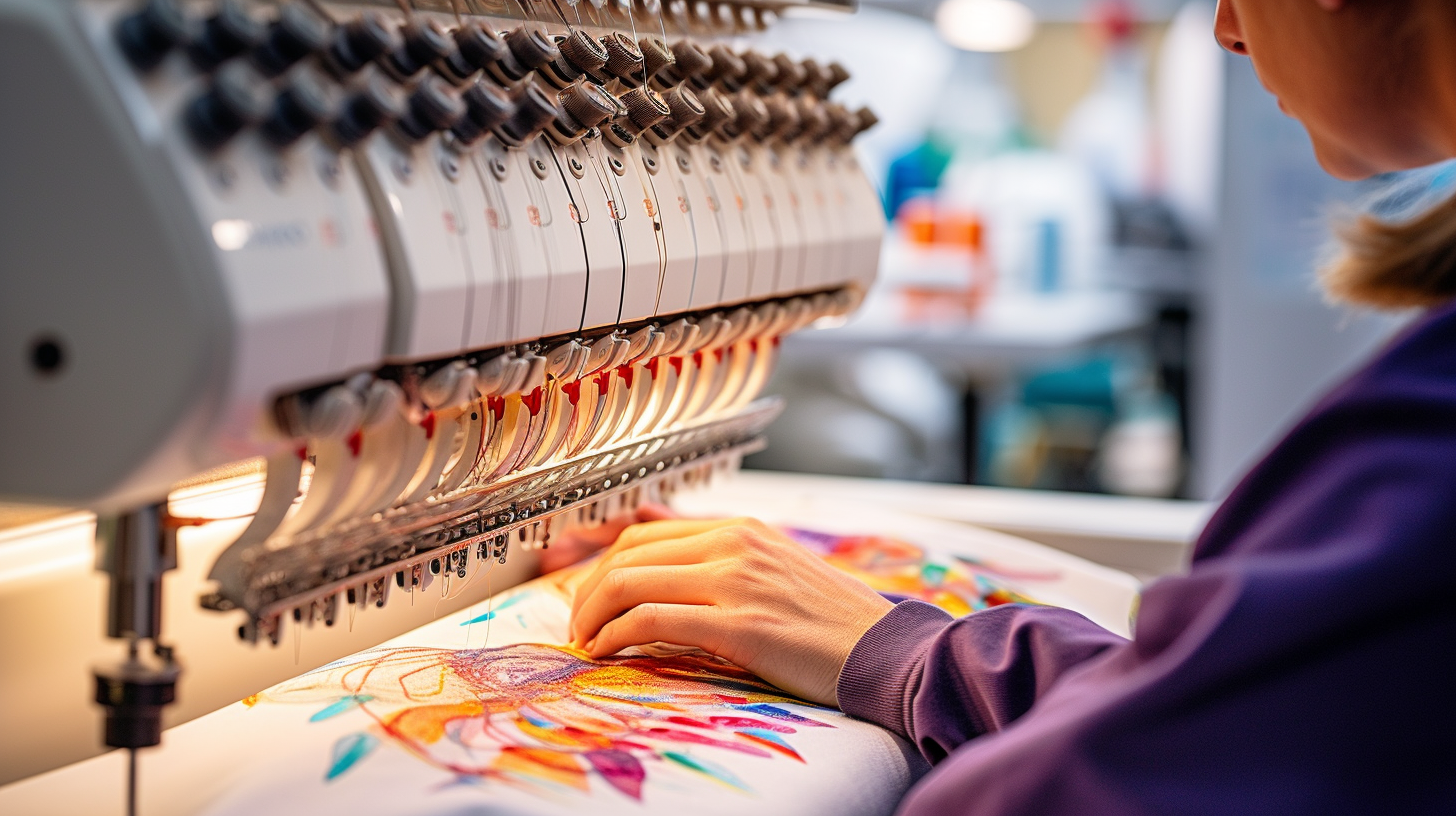Reputable Digitizing for Embroidery: Trusted by Professionals
Reputable Digitizing for Embroidery: Trusted by Professionals
Blog Article
Mastering the Needlework Digitizing Refine: Your Ultimate Guide
Embroidery digitizing is a meticulous craft that requires precision and knowledge to equate elaborate designs into digital layouts for machine needlework. As craftsmens get started on this trip to grasp the embroidery digitizing process, a comprehensive understanding of the basics establishes the structure for quality.

Understanding Embroidery Digitizing Basics
Embroidery digitizing basics form the foundation whereupon detailed layouts are converted right into machine-readable layouts for exact sewing. This preliminary action in the needlework digitizing procedure is vital for making sure that the last embroidered product is a faithful representation of the initial layout. Comprehending embroidery digitizing basics involves comprehending key concepts such as stitch kinds, sew direction, density, padding, and draw payment.
Stitch kinds play a crucial function in identifying the visual and textural end result of the stitched layout. By choosing the suitable stitch kind, whether it be satin, fill, or running stitch, digitizers can accomplish the preferred effect and boost the general quality of the needlework. Furthermore, sew instructions influences the circulation and measurement of the design, while thickness figures out the spacing and coverage of the stitches.
In addition, rug stitching supplies stability to the layout by protecting the textile and stopping distortion during the needlework process. Draw compensation is an additional necessary consideration to neutralize the natural propensity of fabric to contract when sewn. Grasping these needlework digitizing basics is basic for creating professional-quality embroidered products.
Selecting the Right Digitizing Software
Choosing the ideal digitizing software is an essential decision that considerably affects the performance and top quality of the embroidery digitizing process. Digitizing for Embroidery. When choosing the ideal digitizing software program, it is vital to take into consideration elements such as the intricacy of styles you plan to produce, the user-friendliness of the software, the degree of customer assistance offered, and the compatibility with your needlework machine
There are various digitizing software application options offered out there, varying from fundamental programs for novices to sophisticated software application for expert digitizers. Some prominent choices include Wilcom EmbroideryStudio, Hatch Embroidery Software, and PulseID. These software program plans supply a large range of tools and features to help you develop detailed layouts easily.
Before making a decision, it is recommended to explore the various software program choices with cost-free tests or demonstrations to establish which one best suits your demands. Furthermore, reading reviews and looking for suggestions from experienced digitizers can provide beneficial insights into the toughness and weak points of each software (Digitizing for Embroidery). By very carefully assessing your requirements and contrasting the features of various digitizing software application, you can make an enlightened option that enhances your needlework digitizing workflow
Digitizing Devices and Methods

Optimizing Style Settings for Embroidery
Grasping the details of style setups is fundamental in accomplishing optimum results in the needlework digitizing procedure, building upon the structure laid by recognizing digitizing tools discover this info here and methods. When optimizing layout settings for needlework, it is important to think about factors such as stitch type, thickness, padding, pull compensation, and enrollment. Enrollment setups align different aspects of the layout properly, maintaining general layout integrity.

Troubleshooting Common Digitizing Issues
When running into common digitizing problems throughout the embroidery process, it is necessary to comprehend the origin causes and execute reliable solutions quickly. One usual trouble is stitch density problems, where stitches might be too dense, triggering the textile to tighten, or too sporadic, causing voids in the design. Changing the stitch density setups in the digitizing software program can aid resolve this problem.
One more regular obstacle is thread breaks during the embroidery process. This can happen because of numerous factors such as wrong stress setups, plain needles, or using low-quality thread. Guaranteeing appropriate maintenance of the embroidery device, consisting of normal needle changes and tension adjustments, can minimize the occurrence of thread breaks.
Moreover, design registration mistakes can cause misaligned components within the needlework layout. Examining the style directory positioning in the digitizing software application and making needed modifications before stitching can help in avoiding this concern. By resolving these usual digitizing concerns immediately and successfully, you can make sure a smoother embroidery process and top quality finished items.
Verdict
To conclude, grasping the embroidery digitizing procedure needs a solid understanding of the essentials, the ideal option of software, and expertise of devices and techniques. Optimizing layout setups and troubleshooting common digitizing concerns are important action in ensuring high-grade needlework results. By following these actions vigilantly, one can accomplish precision and performance in the digitizing procedure.
Report this page